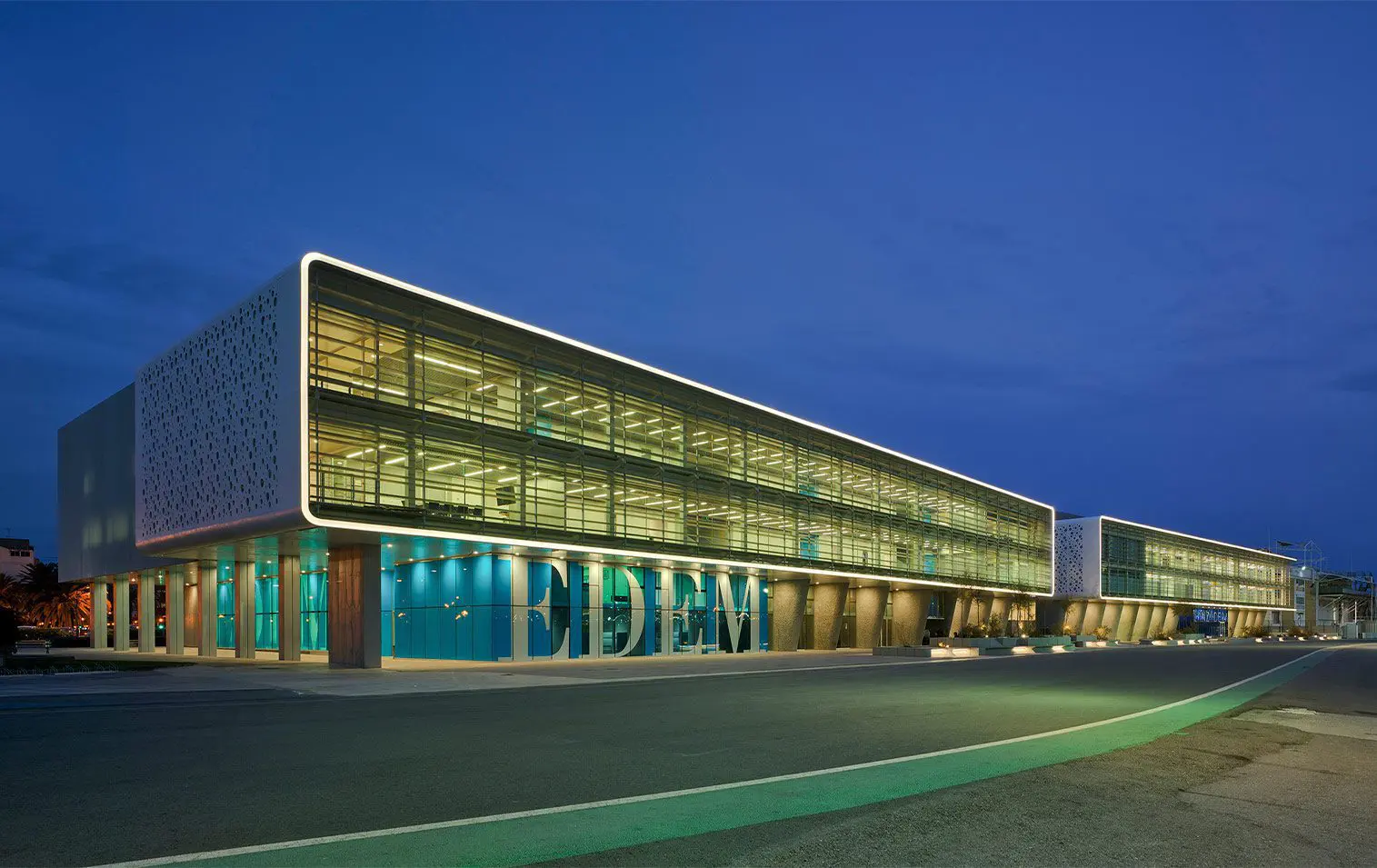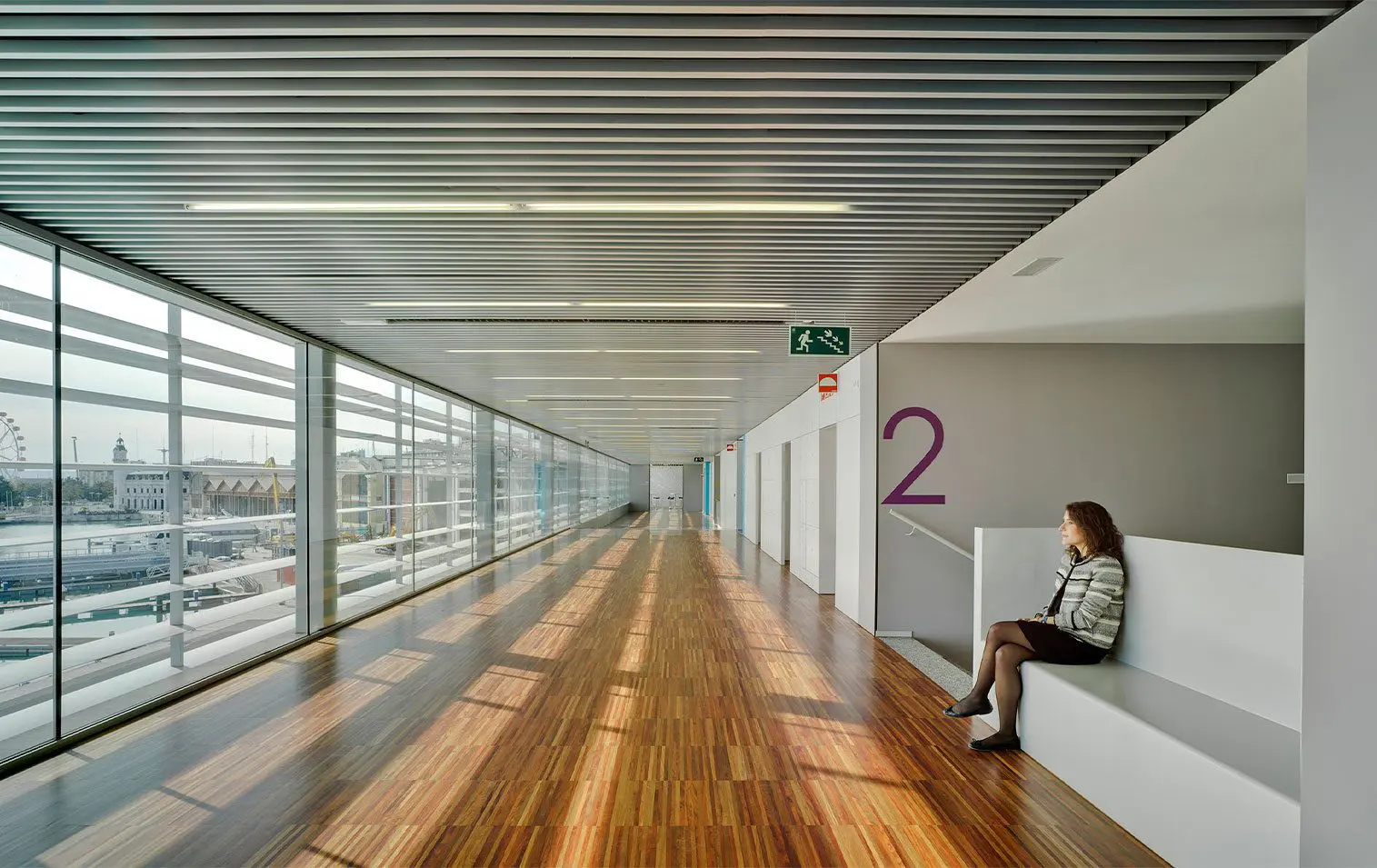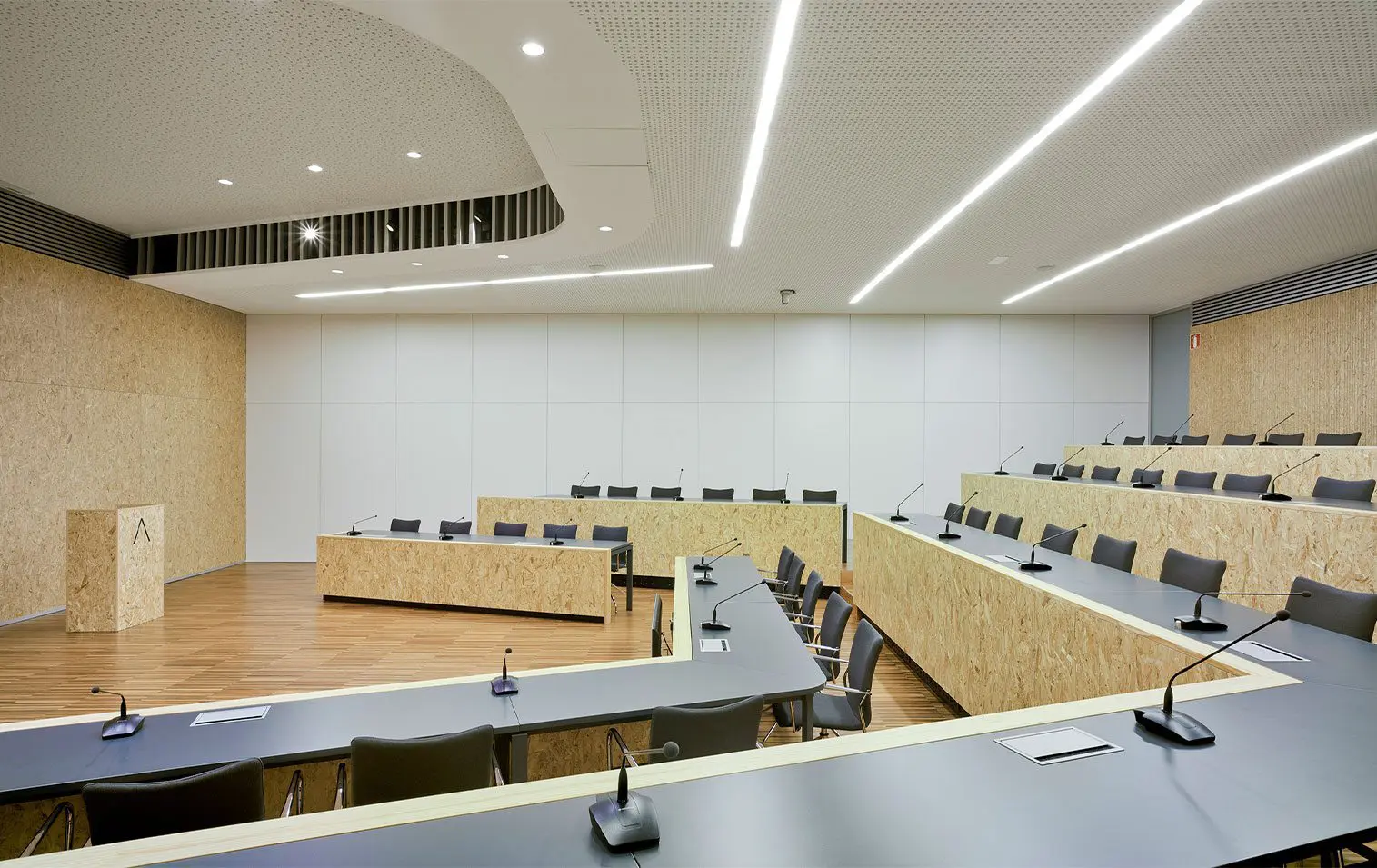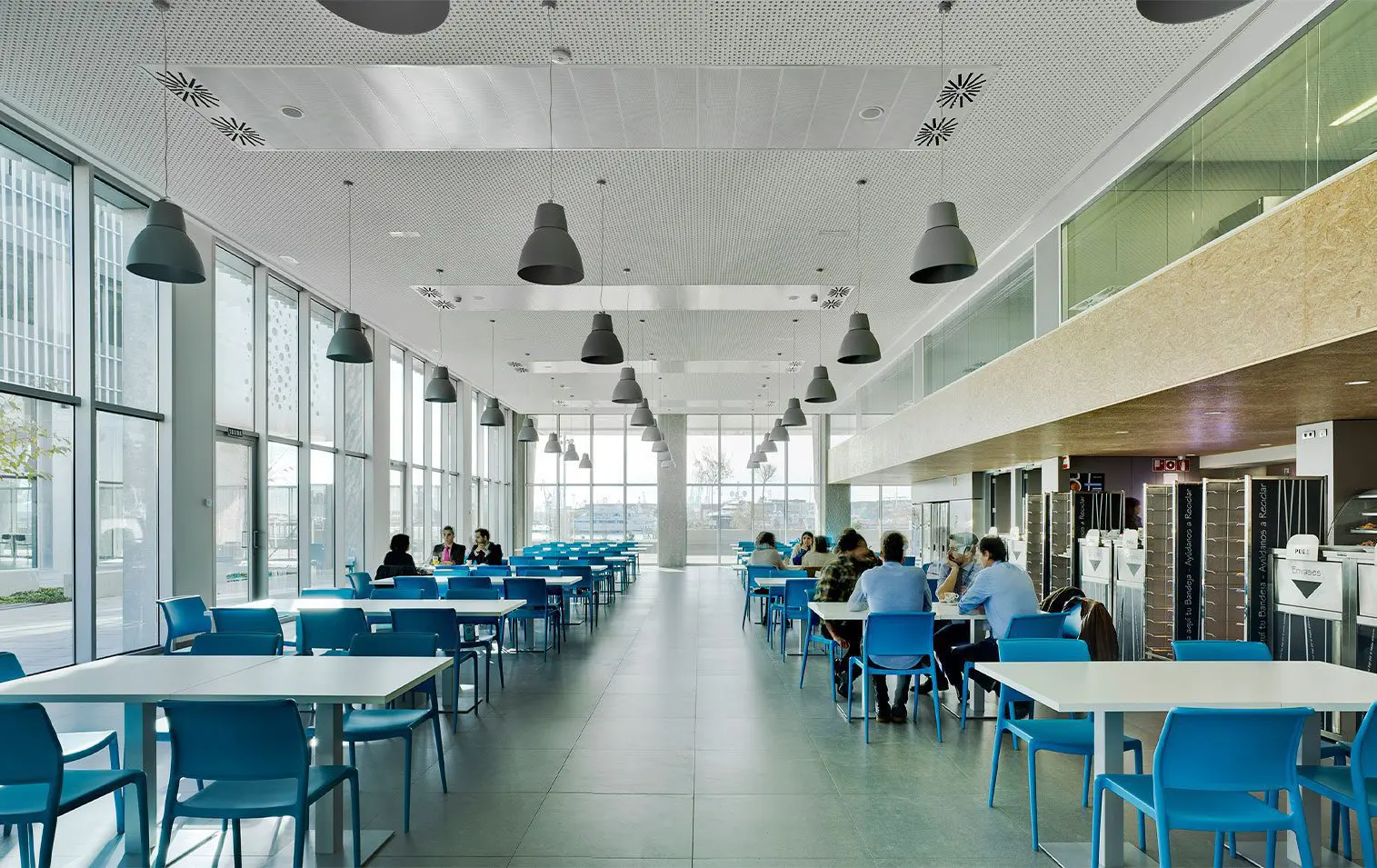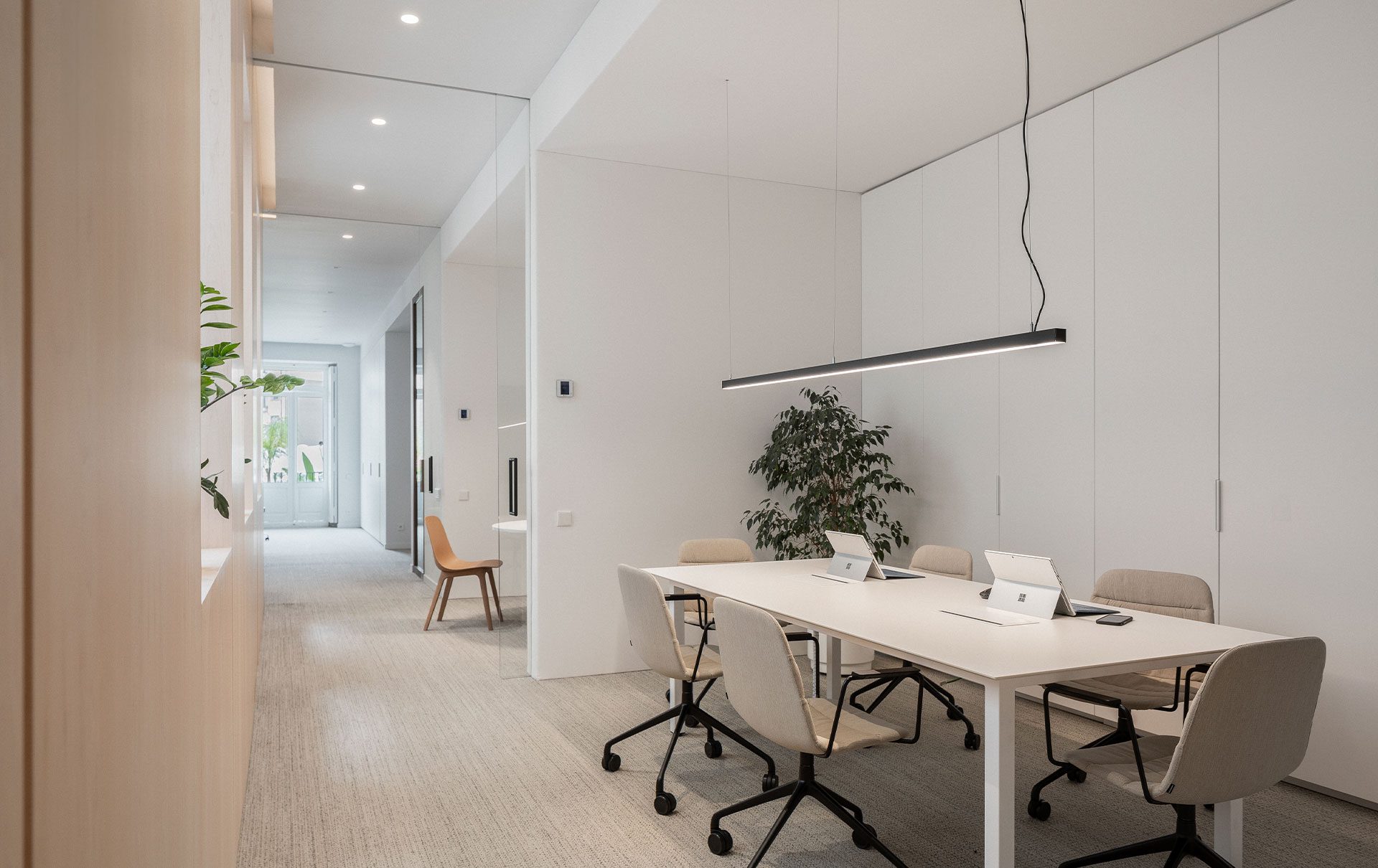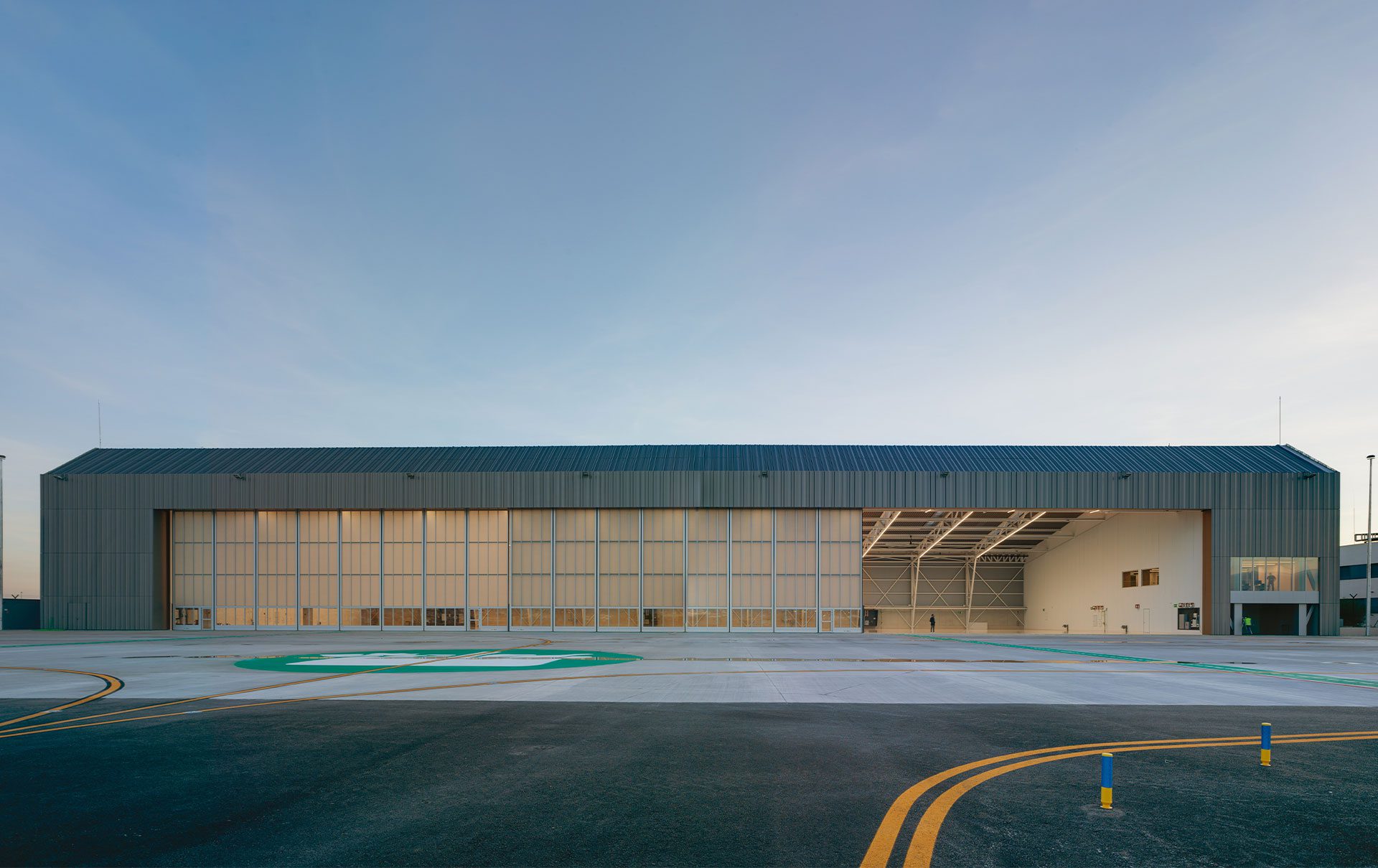Marina de Empresas
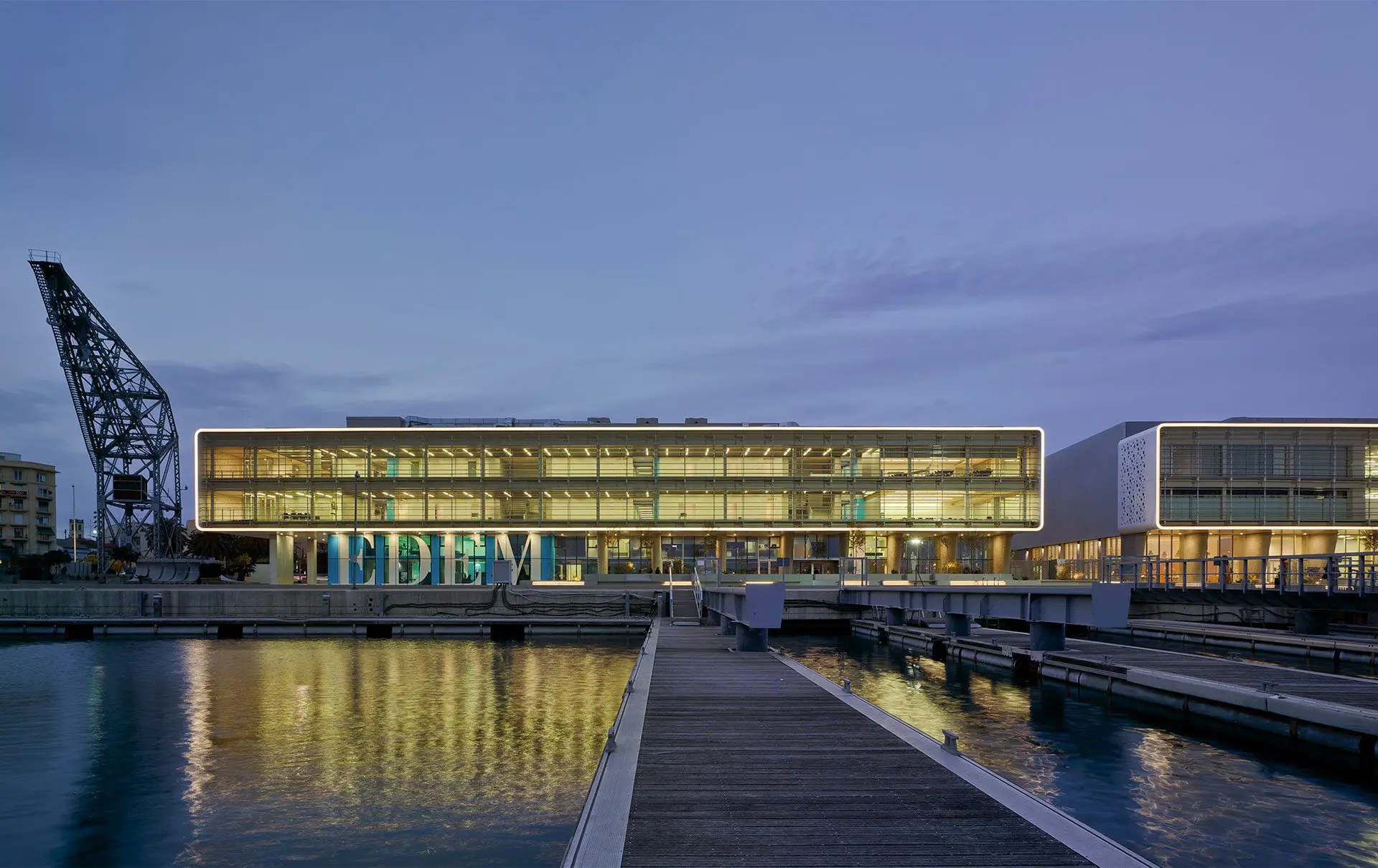
With the launch of Marina de Empresas, three environments were created within one complex: EDEM, LANZADERA and ANGELS, each with the necessary conditions created to encourage individual initiative and talent.
Client
Marina de Empresas was created with the aim of training, advising and financing the entrepreneurs of today and tomorrow and constituted a commitment to the creation of wealth, employment and the promotion of entrepreneurship. The initiative was driven and supported by Juan Roig, President of Mercadona and Vice President of the EDEM business school, in order to return to society part of all that it has given him.
Challenge
Given the growth of EDEM and the business accelerator consisting of LANZADERA and ANGELS, combined with the need to have a headquarters to meet their new requirements, the Royal Marina of Valencia Juan Carlos I was chosen as the location for this entrepreneurial centre.
STRATEGY
Marina de Empresas, selecting this location had a double effect: for Marina de Empresas, it meant being in the city’s best and most appropriate setting, by the sea; and for Valencia, it created an activity generator (so vitally important for this district).
In the former bases, we eliminated all the buildings’ excesses; they were curtailed. We opened large courtyards for light to filter inside. We added what they lacked. It was essential to look seawards, so we added an enclosed balcony running the length of the building and we decided to locate the main circulation of both buildings right there.
Due to its proximity to the sea, the main design factor was the use of durable materials resistant to environmental aggressiveness: FRP (Fiber Reinforced Plastic). It is an innovative architectural material but has traditionally been used for the construction of buoys and boats. We gave it a new use to cover the building. we love learning new things.

“A commission of this type is an opportunity to generate a city that we have faced with enthusiasm.”
José Martí

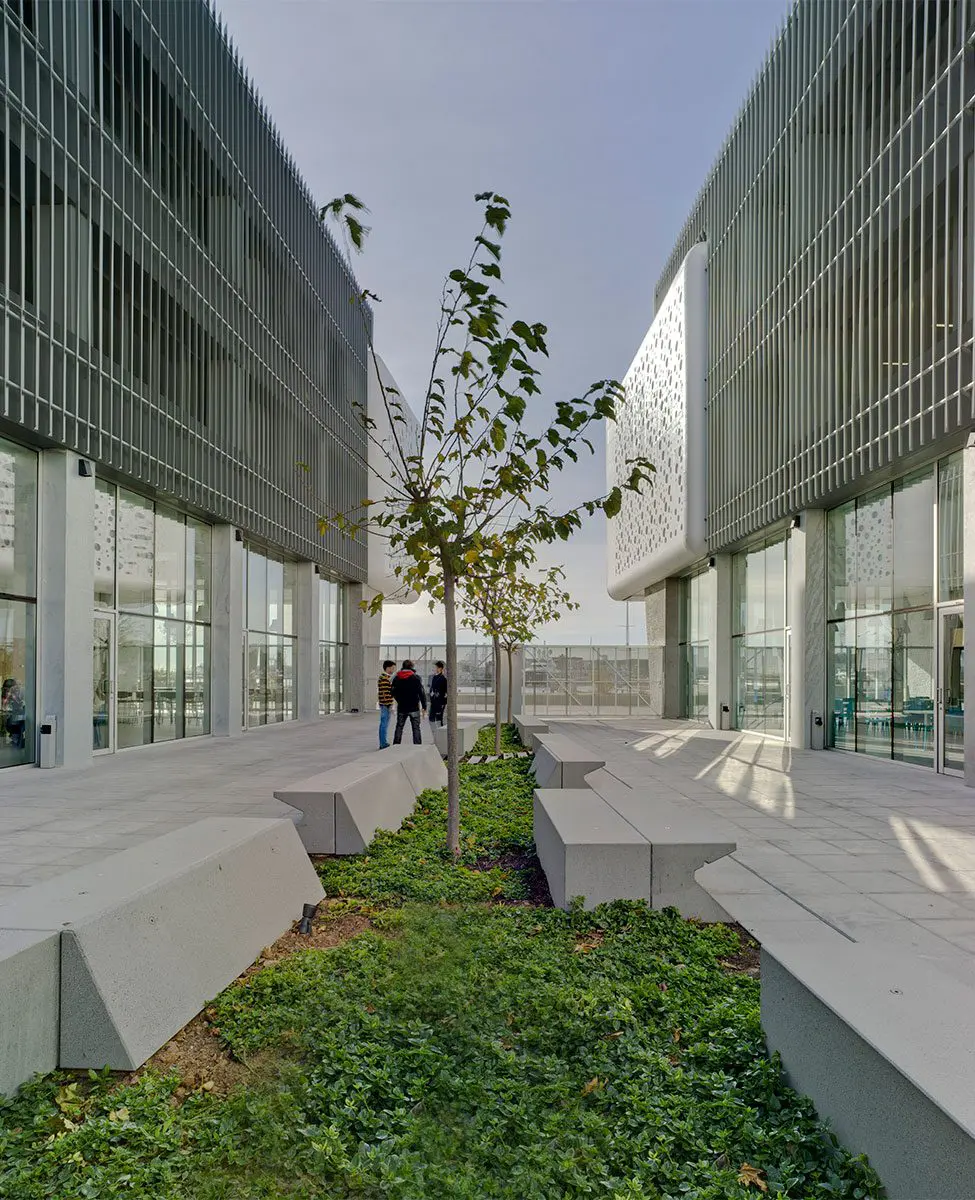
SOLUTION
It entailed an urban recycling project, using existing structures. The project consisted of the transformation of three former America’s Cup bases into a place for learning and entrepreneurship.
We were worried about the proximity to the sea and the consequent environmental harshness because we wanted to construct a building that would last over time. We had to introduce natural light into the interior of all the spaces. Moreover, we had the responsibility to the city, to the place, to the seafront of Valencia.

